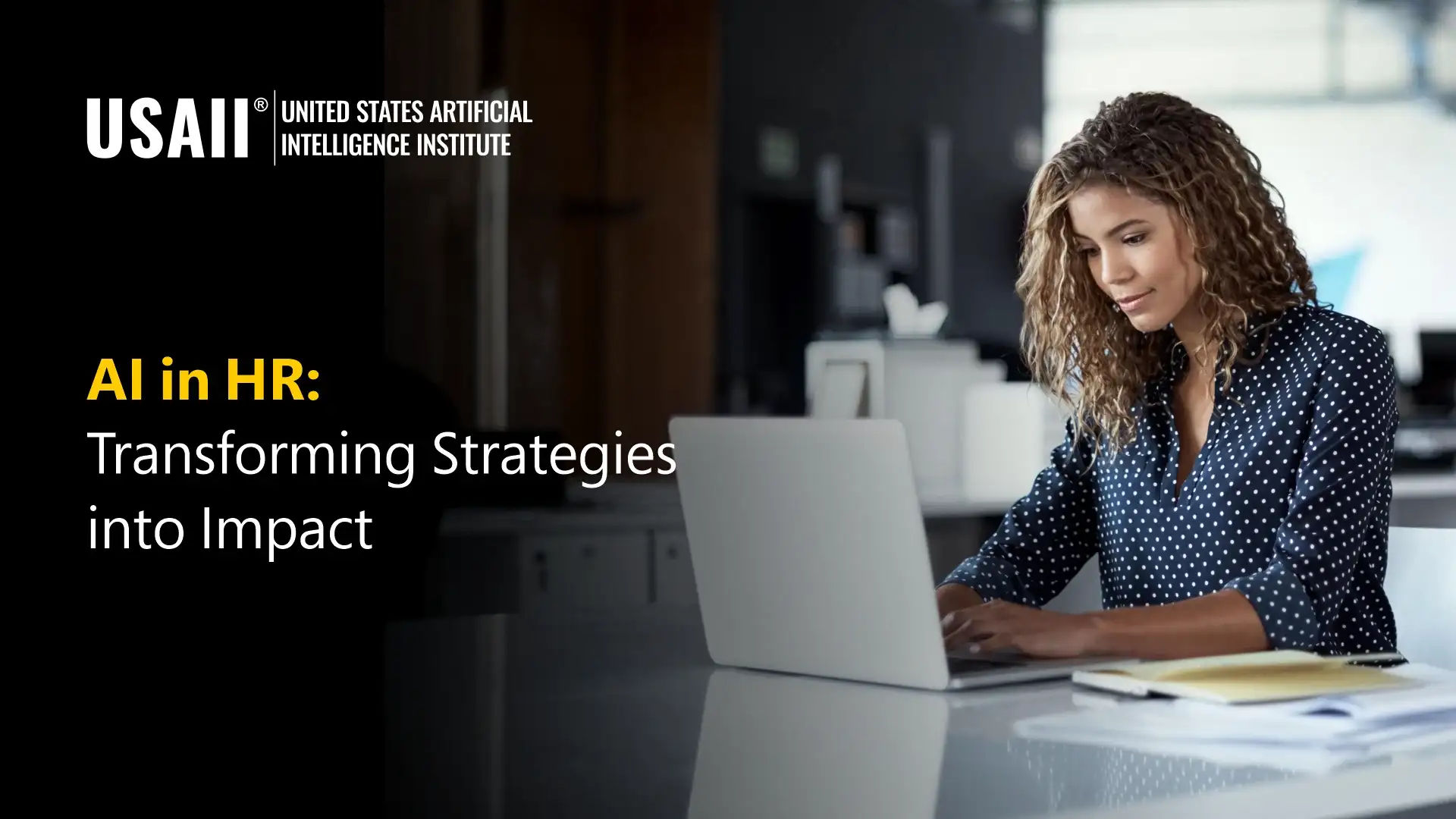
In a corporate world increasingly driven by data, the Human Resources (HR) function faces the challenge of reinventing itself. Traditionally centered on qualitative and subjective aspects, HR must now incorporate analytical tools to make more accurate and strategic decisions. In this context, artificial intelligence (AI) emerges as a powerful ally. This article shares my experience as both Chief Financial Officer and Head of Human Resources in implementing AI solutions to transform our company’s HR operations, highlighting the positive impacts and future outlook of this initiative.
Challenge of Modernizing HR
Historically, HR has been a less analytical field, predominantly staffed by professionals with backgrounds in Psychology and a focus on behavioral aspects. Critical decisions—such as promotions, terminations, and talent development—have often been based on subjective perceptions and qualitative evaluations. While this human-centered approach is essential, it can limit HR’s ability to identify patterns, predict trends, and make evidence-based decisions.
As Chief Financial Officer, I am accustomed to working with numbers, metrics, and quantitative analyses. When I also took on leadership of the HR department, I recognized the need to integrate a more analytical approach into people management. AI emerged as the ideal solution to bridge this gap, providing tools capable of processing large volumes of data and extracting valuable insights to support strategic decision-making.
Implementing AI in Performance Evaluation
One of the most impactful projects we carried out was the application of AI to analyze 360° performance evaluations. Traditionally, these assessments generated a massive amount of qualitative data that was difficult to process manually. In the most recent review cycle, we collected 16,856 comments, making conventional analysis unfeasible.
We initially used natural language processing (NLP) algorithms to classify the comments as positive, negative, or neutral. This allowed us to identify employees with a higher proportion of negative feedback relative to the total number of comments. These insights were used to rank employees and pinpoint those with the lowest perceived performance. The data is now being used both to identify individual areas for improvement with precision and to enable HR to consult with the managers of these employees to assess whether performance improvement is feasible.
Results Achieved
The automated analysis of comments brought several strategic benefits, including:
Future Outlook
We plan to institutionalize the use of AI in our annual performance evaluations, leveraging the insights to guide training and development programs. Additionally, we intend to expand the use of AI to other HR domains, such as recruitment, retention, and succession planning.
The integration of AI into HR has transformed our approach, enabling more informed decisions and more effective strategies. The CAITL™ certification was instrumental in this process, providing the knowledge needed to lead this transformation. We believe that AI will continue to be a key ally in the evolution of HR, driving more strategic and data-driven people management.
Follow us: